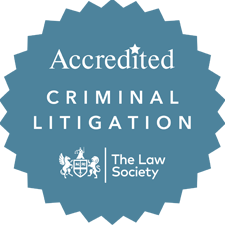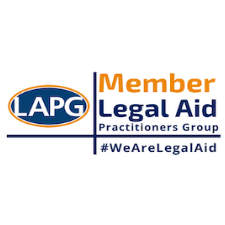At Johnson Astills we are alert to technological innovation and the implications this has with the criminal law.
Professional and amateur use of drones has increased significantly over the last few years, but it is increasingly coming under fire in relation to their legality and in particular safety concerns and the implications of invasion of privacy. Questions have been raised as to whether new legislation is required in order to permit the Police and Court to be able to regulate drone usage.
The latest legislation to stem from these concerns is the Air Navigation Order 2016. This requires the operator of a drone to maintain ‘direct unaided visual contact’ with the drone. However whilst this goes some way to address safety and mid-air collision concerns, the regulations do little in respect of the invasion of privacy.
A drone with recording equipment, except during take-off and landing, cannot be flown over or within 150 metres of any congested area; over or within 150 metres of an organised open area assembly of more than 1000 people; within 50 metres of any vessel, vehicle or structure which is not under control of the person in charge of the aircraft; or within 50 metres of any person, except the person operating it or any other person under their control. Breaching these regulations is a criminal offence carrying a maximum penalty of a level 4 fine (£2,500.00).
The regulations however fail to account for what material can be recorded nor do they address the specifications of the drones. Although a drone may not be in breach of the regulations by being more than 50metres away from an unsuspecting person, there is no regulation as to what power zoom the recording equipment is to have thereby rendering the distance requirement somewhat futile.
There are however areas of the current criminal law that can assist when it comes to drone usage. The law on harassment (Protection from Harassment Act 1997) states that a person must not pursue a course of conduct which amounts to harassment of another and which he knows or ought to know amounts to harassment of the other. A level of protection is also provided in the Sexual Offences Act 2003 s.67 whereby a person commits an offence if he records another person doing a private act, he does so with the intention that he or a third person will, for the purpose of obtaining sexual gratification, look at an image of the other person doing the act, and he knows that the other person does not consent to his recording the act with that intention. The commission of either of these offences can result in a sentence of imprisonment. The criminal law therefore seems more than capable in dealing with drone offending even if the Air Navigation Order 2016 does little to assist.
At Johnson Astills we are highly experienced in dealing with the full spectrum of criminal offences. For further information and advice in relation to potential drone offences and sentencing, please contact the Crime Team at Johnson Astills on 0116 255 4855








